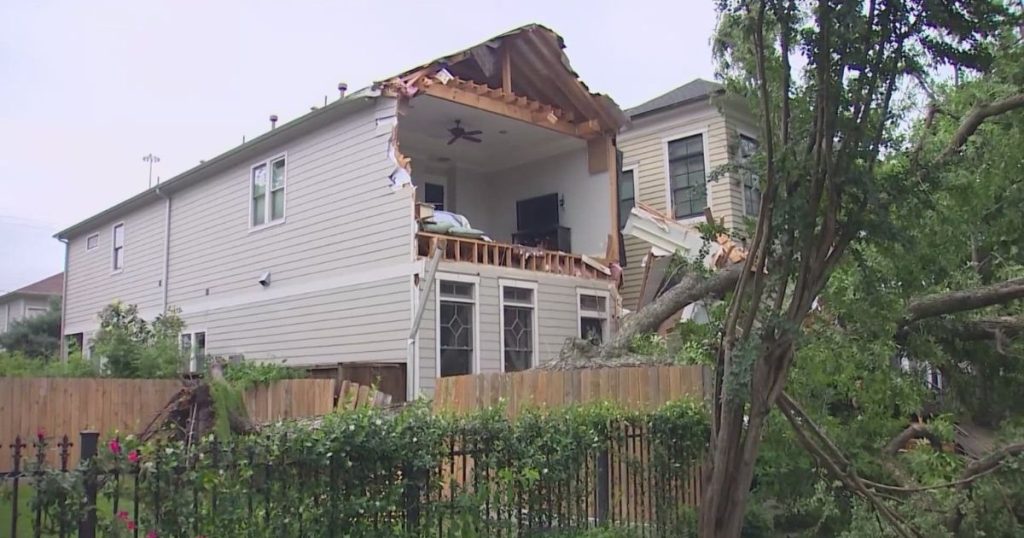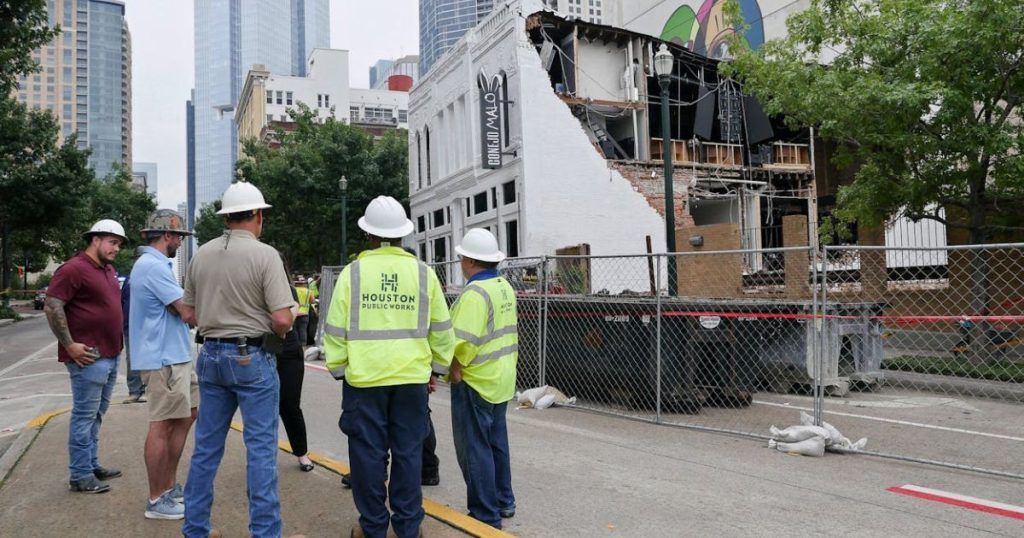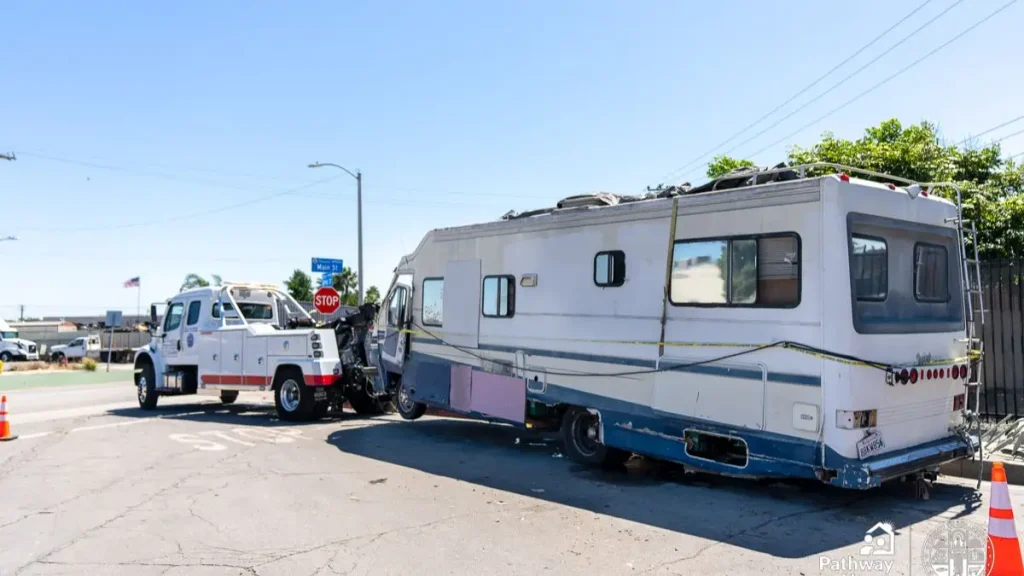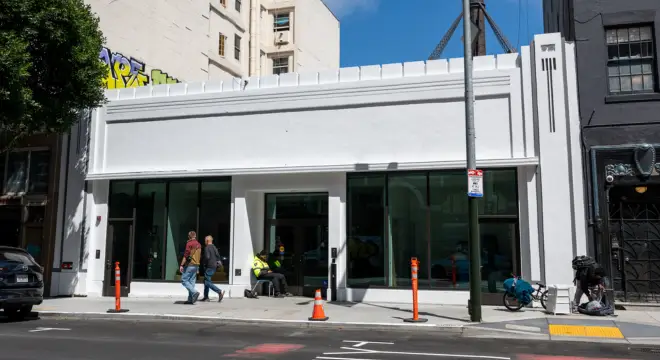Houston Derecho Leaves Widespread Damage: What Homeowners Need to Know
When was the last time you saw a storm so powerful it felt like your whole world flipped overnight? Honestly, I never imagined something like that would hit Houston until this derecho came through. If you’re reading this, I bet you want to understand what made this storm so unique—and why it shook the city to its core.
What is a Derecho? Understanding the Storm’s Power
Think of a derecho as no ordinary storm. It’s a fast-moving, massive windstorm that can last for hours, with winds often blowing over 70 miles per hour. When this storm hit Houston, it uprooted thousands of trees, damaged homes, and knocked out power for days.
You might have heard of hurricanes or tornadoes, but a derecho is different. Let me explain—it’s like a sudden, widespread blast of hurricane-strength winds stretching across hundreds of miles, tearing through everything in its path.
How Derechos Differ from Other Storms
You’re probably wondering, “Isn’t this just like a hurricane or a tornado?” Not quite. Hurricanes bring heavy rain and wind for days, and tornadoes cause intense damage but usually in a very small area. Derechos are different—they cover vast areas with fast-moving, hurricane-force winds that last for hours.
Houston’s derecho was a perfect example of how brutal these storms can be. Imagine the force it took to snap mature trees like twigs and scatter debris everywhere in just minutes.
The Houston Derecho: Timeline and Intensity
That day, back in May 2024, the derecho hit Houston in the late afternoon. You and I both know how suddenly everything changed—the gusts arrived fast, power grids failed, and communication went down. Many were caught off guard because the storm moved so quickly.
Understanding this timeline is key to seeing why recovery has been such a challenge. It wasn’t just how strong the storm was—it was how fast it came and went that made all the difference.
Have you or someone you know ever been through a storm like this? What was the toughest part of bouncing back? Share your experience or thoughts—I’d love to hear from you, and we can all learn together.
Recovery Efforts: One Year Later
If you’re like me, you probably wonder what happens after a storm like that hits. The derecho didn’t just blow through and disappear—it left Houston picking up the pieces for months. Let me walk you through how the city and its people have been working hard to rebuild and recover.
Cleanup and Rebuilding: What Has Been Done So Far
Right after the storm, it was chaos. I remember reading reports in the Houston Chronicle about streets blocked by fallen trees and debris everywhere. But what really stood out was how quickly communities came together. Local government agencies, nonprofits, and volunteers jumped into action. They cleared roads, restored power lines, and helped homeowners start repairs.
You might ask, “Has everything gone back to normal?” The truth is, recovery is still ongoing. Fixing infrastructure and restoring services takes time, especially after such widespread damage. But every day, you can see progress—new roofs going up, parks being cleaned, and neighborhoods slowly coming back to life.
Stories from the Ground: Residents’ Experiences
What really brings this recovery to life are the stories of people like you and me. The Houston Chronicle shared personal accounts of residents who lost not just their homes, but precious memories trapped in those walls. Some shared how the emotional toll hit harder than the physical damage.
You might find yourself thinking, “How did they keep going?” Many relied on neighbors, community groups, and emergency aid. Some are still rebuilding their lives, piece by piece, learning to live with what was lost and hopeful for what’s ahead.
Environmental Impact and Urban Forestry

Have you ever stopped to think about how much trees and green spaces matter in a city like Houston? After the derecho, it wasn’t just homes that got hit hard—our environment took a serious beating too.
The Toll on Houston’s Trees and Green Spaces
When the derecho swept through, it uprooted thousands of mature trees across Houston. These trees aren’t just for looks—they cool neighborhoods, provide shade, and support local wildlife. Losing so many changes the city’s feel and even affects air quality and temperature.
Local environmental groups like Trees for Houston have documented this massive loss and are actively leading replanting efforts across the city. It’s a slow process—rebuilding the urban canopy takes years—but every new tree planted is a sign of hope.
Climate Change Connection: Are Derechos Becoming More Frequent?
You might ask, “Is this storm just bad luck, or part of a bigger pattern?” Experts from the National Weather Service and climate research centers warn that extreme weather events like derechos are becoming more frequent as our climate changes. While no single event proves climate change, the trend is clear—hotter, more unstable atmospheres are fueling these intense storms.
This means Houston and other cities need to boost resilience through smart urban planning, better emergency systems, and public awareness. It’s not just about recovery, but about preparing for the future.
Economic and Community Impact
A storm like this doesn’t just wreck buildings—it shakes up the economy and community in ways you might not expect. And that’s what I want to dig into next.
Financial Impact on Homeowners and Small Businesses
If you or someone you know had their home damaged, you know the financial strain it brings. Insurance claims can be complex and slow, and many homeowners face unexpected costs. FEMA has been providing aid and support programs, but for many, recovery is still a long journey.
Small businesses, especially local shops, were hit hard too. Many faced closures and lost revenue, impacting jobs and the community’s economy. But Houston’s spirit shines through: community fundraisers and support networks have been crucial in helping these businesses get back on their feet.
Preparing for the Future: Lessons Learned and Safety Tips
While we can’t control the weather, we can control how prepared we are. You and I both can take steps to protect our homes and families better. Houston’s city planners are revising building codes and investing in infrastructure upgrades to better withstand future storms.
From creating emergency kits to maintaining safe trees around your property, these small but smart steps add up. Plus, knowing where to find local resources and support can make a big difference if another derecho strikes.
While Houston focuses on storm recovery, the tragic gas line tampering incident in Washington Township reminds us that home safety threats come in many forms beyond natural disasters.
Social Media and Expert Voices on the Houston Derecho

In today’s world, social media is often the fastest way to get updates and connect during disasters. But sometimes links break or posts get deleted, so I made sure to find reliable sources and expert insights that you can trust and actually access.
Verified Expert Updates and Community Reactions
The National Weather Service Houston (@NWSHouston) regularly posts detailed storm updates and safety information on their official Twitter account. Following their feed is one of the best ways to get accurate, timely information during severe weather events.
Houston Public Media also provides ongoing, trustworthy coverage of the derecho’s impact and recovery efforts. Their website keeps updating reports, interviews, and analysis.
Why You Should Rely on Verified Sources
Sometimes social media posts spread fast but lack context or accuracy. By following official accounts and trusted news websites, you get the full picture—what happened, what’s being done, and how you can stay safe.
Do you follow any official weather or local news accounts? How do you filter out misinformation during big events? Share your tips—I’d love to hear how you stay updated!
Final Thoughts: Houston’s Path to Resilience
You and I both know that disasters like the Houston derecho don’t just end when the skies clear. The real challenge—and opportunity—starts with how we rebuild and prepare for what’s next. Houston’s journey after this storm shows us the true meaning of resilience.
Community and City Efforts Making a Difference
The city isn’t just fixing what broke; it’s aiming to build back stronger. From upgrading power grids to enforcing tougher building codes and investing in greener, more resilient infrastructure, Houston is working to reduce future risks.
But it’s not just about government efforts. Community groups and neighbors are stepping up—planting trees, cleaning parks, sharing resources, and educating each other on storm preparedness. You and I both have a role in shaping a safer, stronger Houston.
Your Role in the Recovery
This is where you come in. Whether it’s volunteering, staying informed, or preparing your own home and family, your actions matter. Taking even small steps—like making an emergency kit or talking to your neighbors about safety plans—can have a big impact.
Sharing your story or ideas can inspire others too. Together, we can turn the hardships of the past into hope and strength for the future.
If you found this helpful, follow us for more updates and tips on Houston’s recovery and preparedness. Stay informed, stay safe!
Disclaimer: The information provided here is based on verified sources available at the time of writing. Conditions and recovery efforts may change as new updates emerge. Always refer to official channels for the latest safety guidance.


